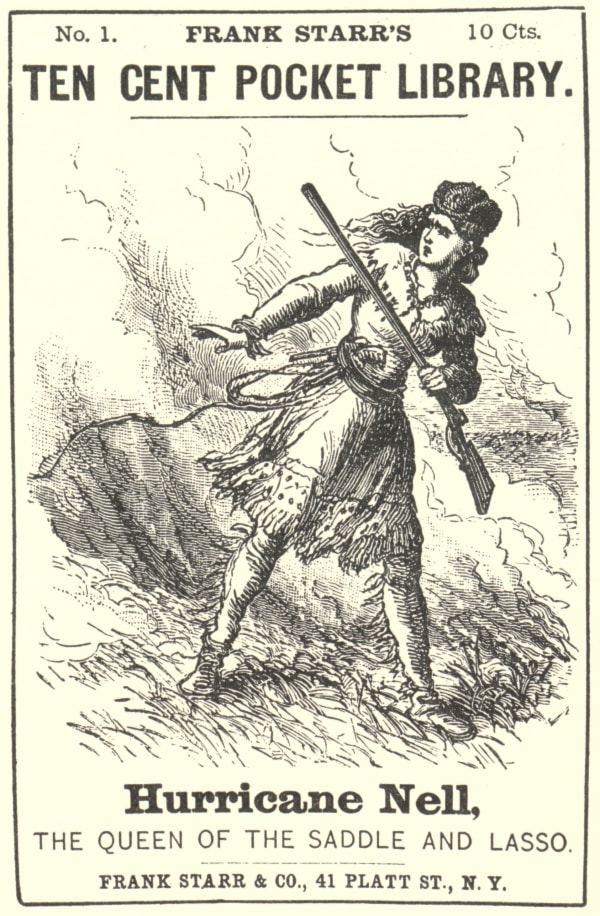For the past 150 years, the North American cowboy has captured the imagination of the world. The cowboy has come to represent the finest qualities of mankind: the freedom of the outdoors, rugged individualism, and the defence of the oppressed.
While the actual life of the cowboy was far from romantic, the mystique of the cowboy has made him into a flamboyant figure, larger than life. How did this happen? How did the “dusty little man on horseback” become an icon in popular culture?
In my next few columns, I will look at the origins of the cowboy in pop culture to see how the mystique of the cowboy started and how it carried on from generation to generation.
The first attempts by the mass media in North America to romanticise the men and women who looked after cattle was in the dime novel. Cheap paper-backed sensational novels, often dealing with the frontier, had been around for at least 30 years before Irwin and Erastus Beadle began the famous Dime Novels series in 1860.
Theirs was the first attempt to issue these inexpensive publications in a continuous series at the fixed price of ten cents.
The earliest dime novels featured calm, rugged frontiersman as heroes but, before long, the cowboy became the one who rode to the rescue of women in distress or those threatened by villains. Cowboys were seldom depicted handling cattle. Instead, they were kept busy saving fragile heroines in danger of despicable outlaws or natives.
Aimed mostly at young boys, the early dime novels featured violence and gun-play, but the final outcome always showed that truth and goodness would triumph over evil. The image of the larger than life cowboy began to emerge. One of the most popular was Texas Jack, actually based on a real working cowboy, John Omohundro, who had been on early cattle drives out of Texas before becoming a scout and buffalo hunter. Dime novels featured female heroes as well, such as Hurricane Nell – The Queen of the Saddle and Lasso, published in 1877.
Despite their great popularity, the dime novels were not considered to be literature of a redeeming nature. The Canada School Journal of 1880 complained, “One of the greatest powers for evil is the low and degrading writings our boys and girls are reading … the vendors of these papers place those having pictures of murderers and Indian outrages, etc. in the windows. The children, attracted by these pictures, buy the papers and read the stories. They soon become intensely interested in the stories and in the slang language in which they are written. The boys and girls buy novels of the same or worse tendency for from five to 10 cents. These are purchased and devoured, and thus by degrees is formed the habit of reading this pernicious class of writings.”
The disapproval of educators did little to slow down the spread of the dime novel, which became the most popular reading material of its day and launched the myth of the cowboy hero for generations to come.
Ken Mather is a Spallumcheen author. He can be reached through www.kenmather.com.
